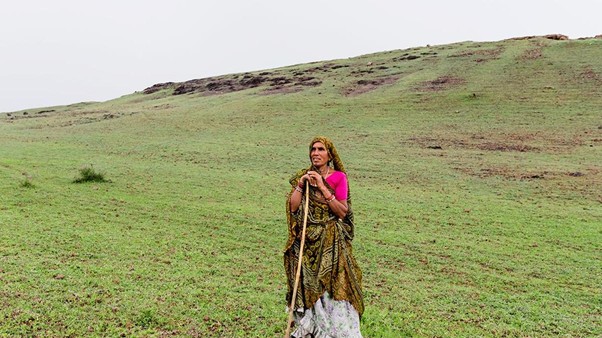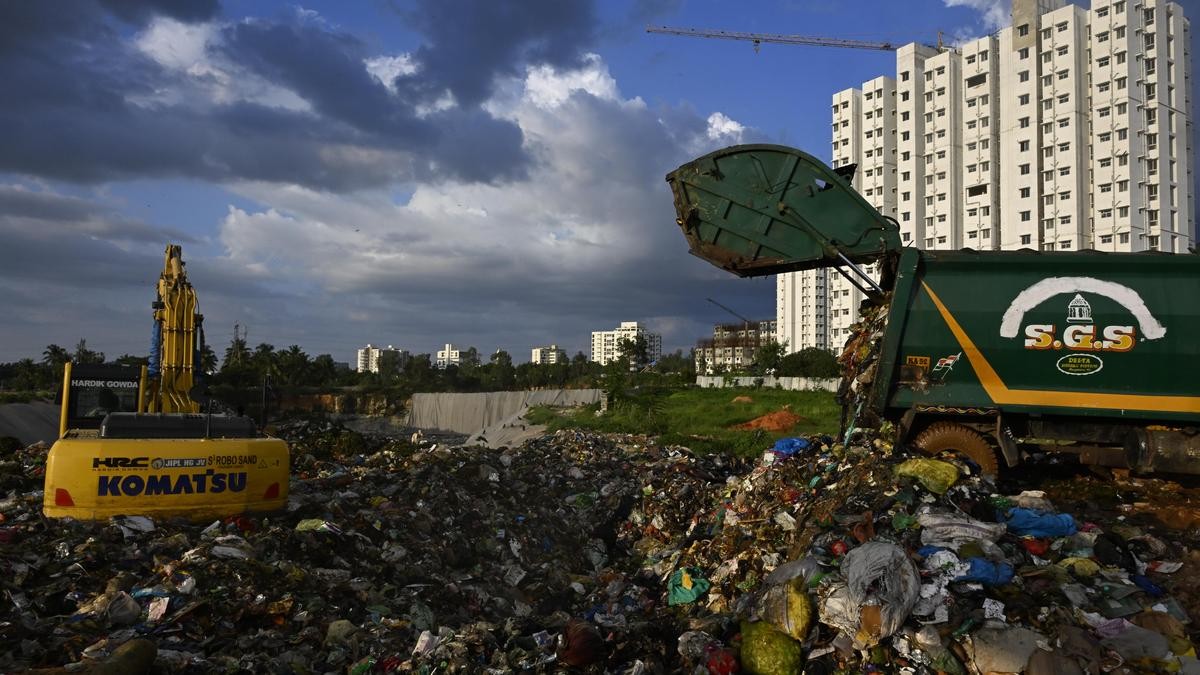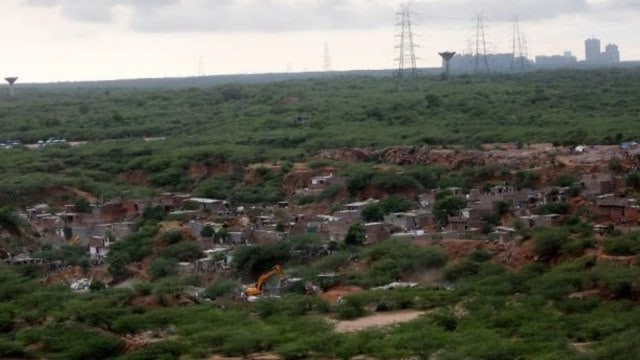




Disclaimer: Copyright infringement not intended.
Recently the Supreme Court told the Union government to create a comprehensive policy for the management of sacred groves across the country.
Sacred groves are small areas of trees traditionally protected by the local community for religious and cultural significance. They are also important for the protection of local biodiversity. It also serves as a haven for nature and spirituality.
Sacred groves are scattered all over India. However, they are mainly found in forested areas such as the Western Ghats, the Himalayas and the northeastern and central hills.
Shelters: These sanctuaries harbor numerous species of trees, vines, medicinal plants, animals, birds, lizards, snakes, frogs and other creatures that have become rare elsewhere in the landscape.

Examples of sacred groves include the Greco-Roman temenos, various Germanic words for sacred groves, and the Celtic nemeton, which was largely but not exclusively associated with Druidic practice.
Traditional uses: The vegetation cover helps reduce soil erosion and prevents desertification as in Rajasthan. They sometimes help in recharging aquifers as well.
Modern uses: They harbor great genetic diversity and in urban landscapes act as "lungs" to the city as well, providing much-needed vegetation cover.
Biodiversity Conservation – Sacred groves are important repositories of floral and faunal diversity that local communities have sustainably maintained. They are often the last refuge of endemic species in a geographic area.
Aquifer Recharge – Groves are often associated with ponds, streams or springs that help meet the water demands of local residents. Vegetative cover also helps recharge aquifers.
Soil Conservation - The vegetation cover of sacred groves improves soil stability in the area and also prevents soil erosion.
It is also important to emphasize that cultural values are dynamic and can change enormously over time. Traditional belief systems can also change, resulting in the abandonment of sacred natural sites and the relinquishment of protection associated with them by local communities, especially as younger people are forced to work the land to earn a living. In such situations, the protection of sacred natural sites can be greatly enhanced by creating "buffer zones" around the sacred site itself.
|
Nationwide Survey |
Directed MoEF&CC to conduct a nationwide survey to identify and map sacred groves. |
|
Boundary Marking |
Clearly mark grove boundaries, allowing flexibility for future forest growth. |
|
Guidelines |
Issue strict guidelines to prevent depletion from denudation or deforestation. |
Recognition Under National Forest Policy |
|
|
National Forest Policy of 1988 |
Encourages community-led initiatives to conserve forest areas. |
|
Community Reserves |
Formal recognition of sacred groves as community reserves under the Wildlife Protection Act, 1972. |
Strengthening Traditional Communities |
|
|
Empowerment |
Suggested recognition and empowerment of traditional administrators under the Forest Rights Act, 2006. |
|
Regulation of Harmful Activities |
Traditional communities can regulate activities to ensure sustainable protection. |
Success Story of Piplantri Village |
|
|
Transformation |
Community efforts turned barren land into thriving groves. |
|
Initiatives |
Planting 111 trees for every girl child, creating sustainable livelihoods, higher incomes, and educational opportunities. |
|
Impact |
Strengthened women's self-help groups and improved community well-being. |
State-Specific Instructions |
|
|
Rajasthan Government |
Perform ground and satellite mapping of sacred groves; classify groves as forests based on ecological and cultural value; provide legal protection. |
|
Community Reserves |
Declare sacred groves as community reserves. |
Oversight Committee |
|
|
Composition |
The five-member committee headed by a former Rajasthan High Court judge. |
|
Responsibility |
Oversee the process of mapping and identification of sacred groves. |
READ ABOUT-
Source:
|
PRACTICE QUESTION Q.Discuss the significance of sacred groves in India as an intersection of cultural, ecological, and spiritual values. How can these traditional conservation practices contribute to modern environmental management? (250 words). |







© 2025 iasgyan. All right reserved